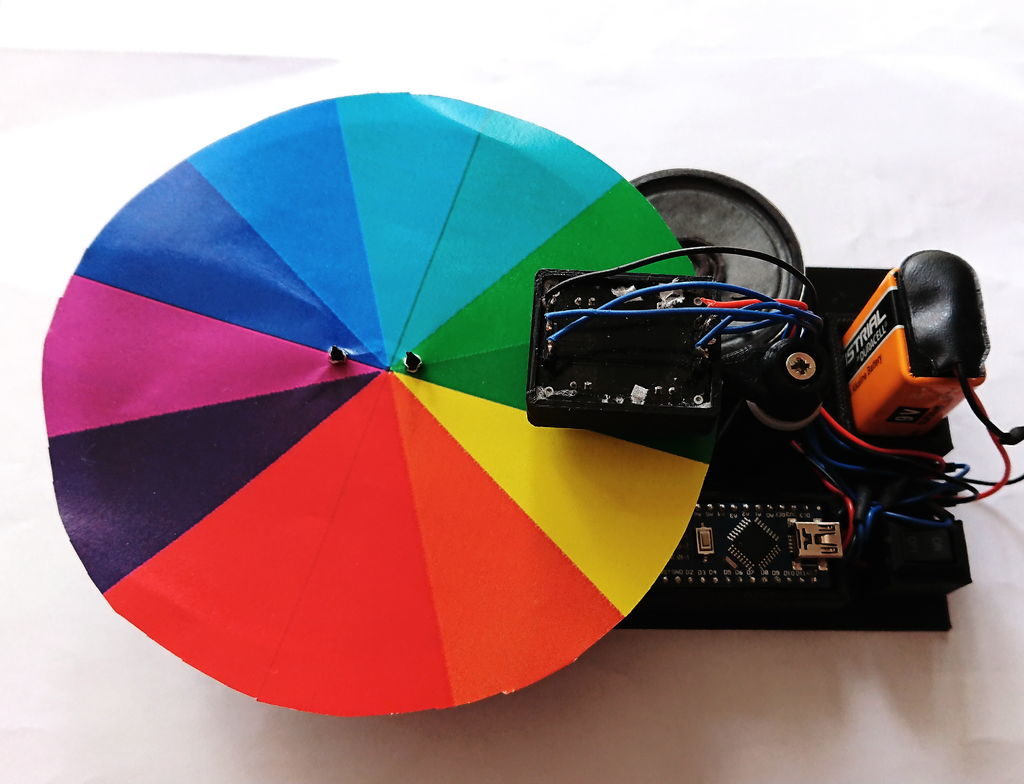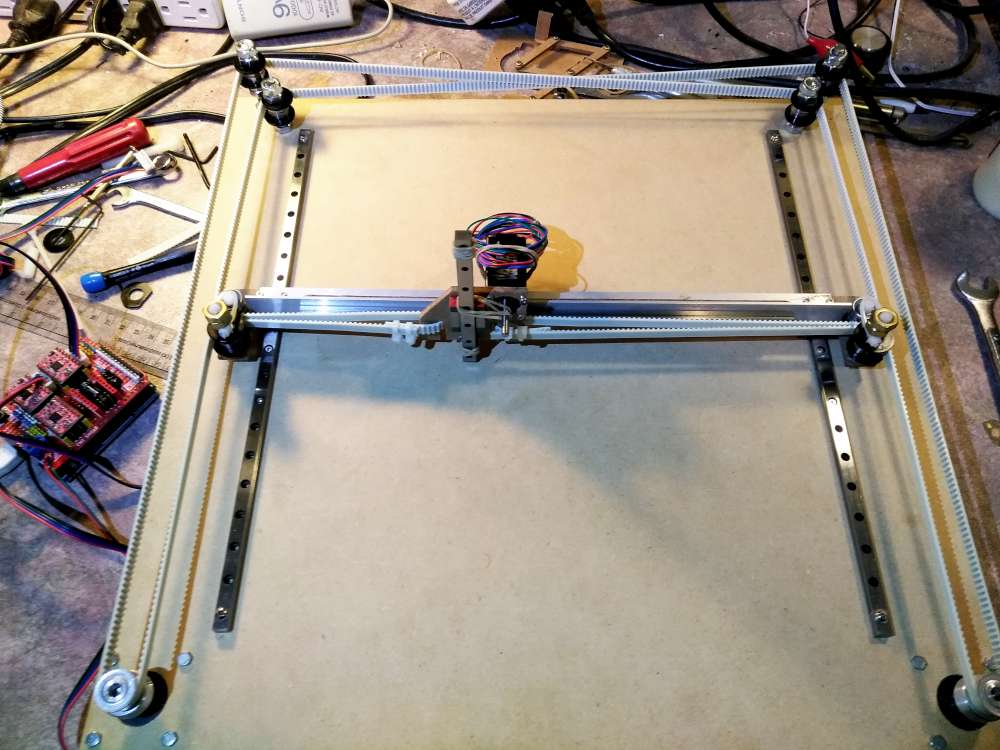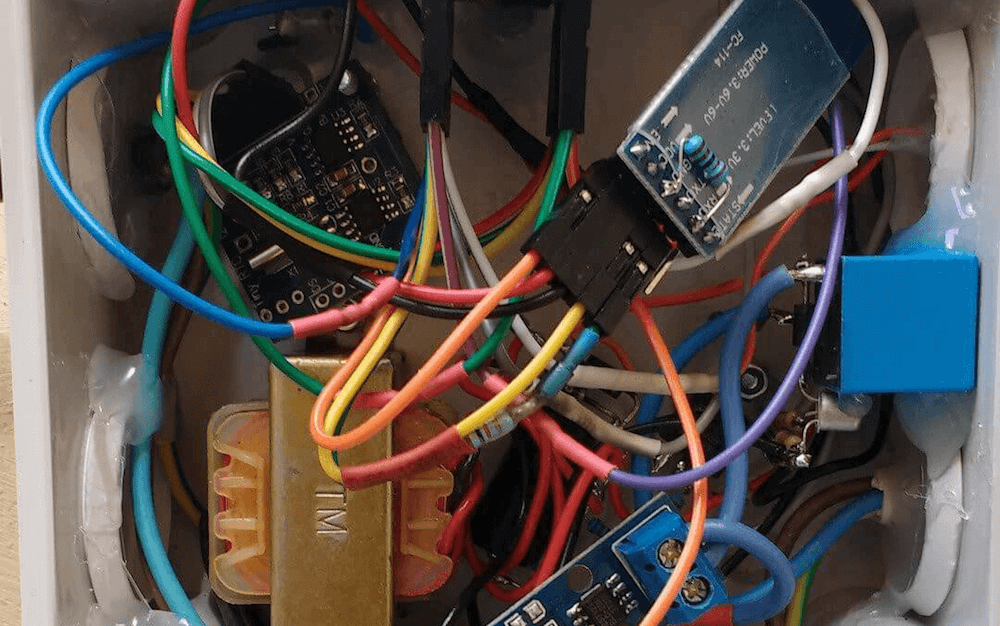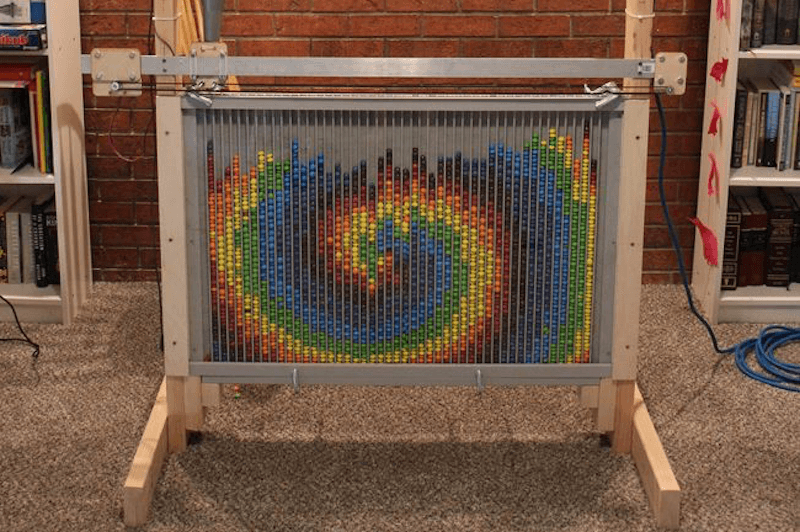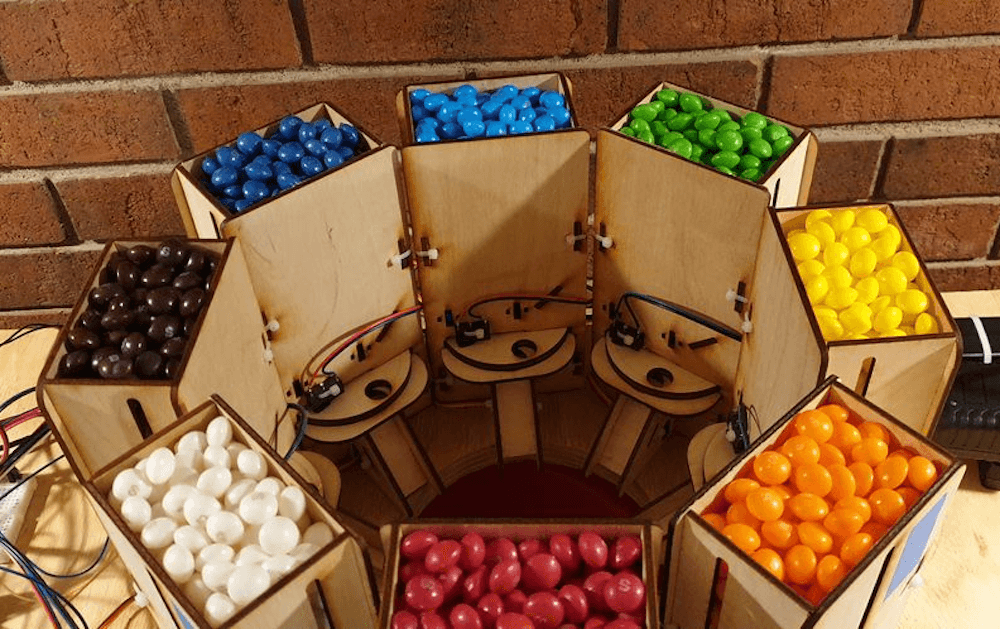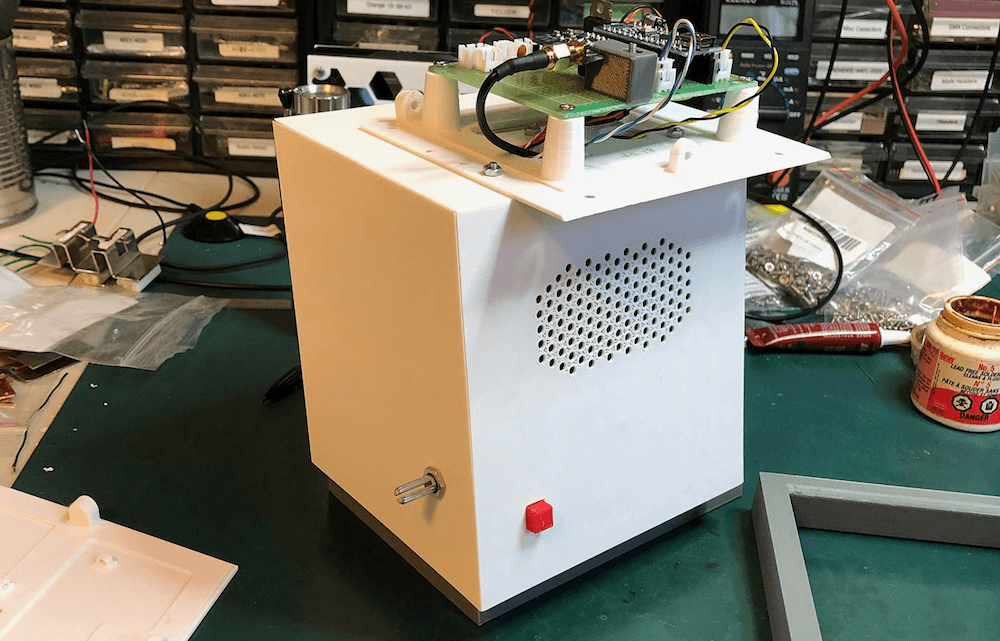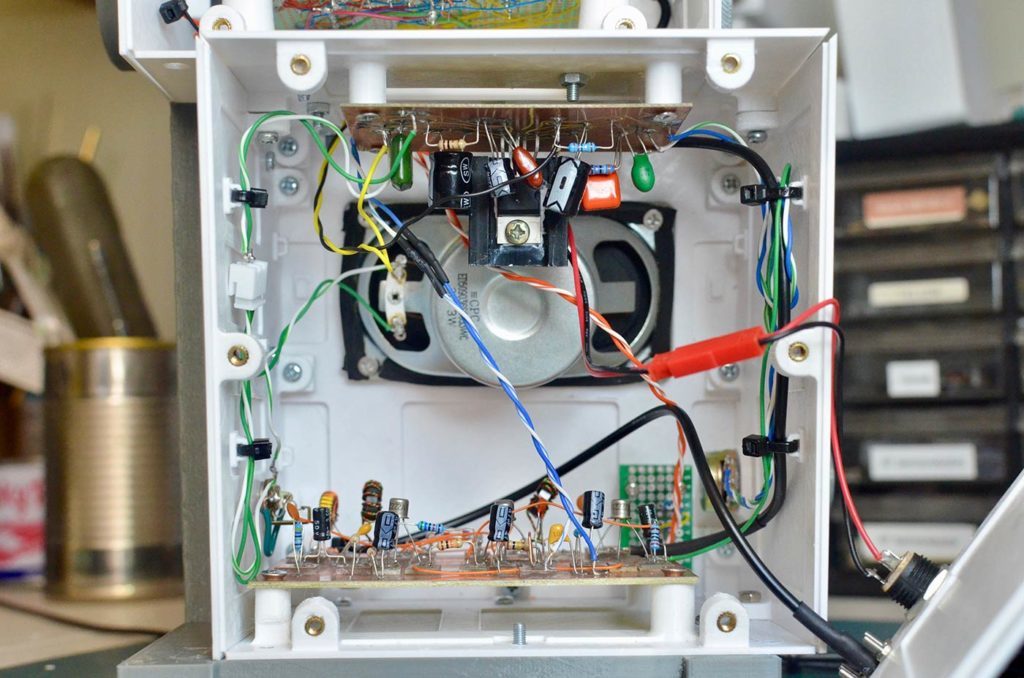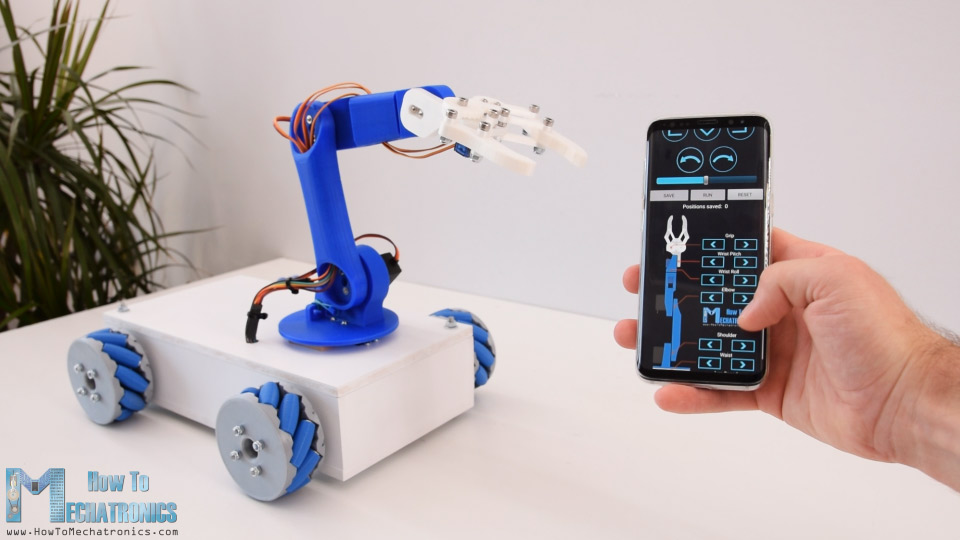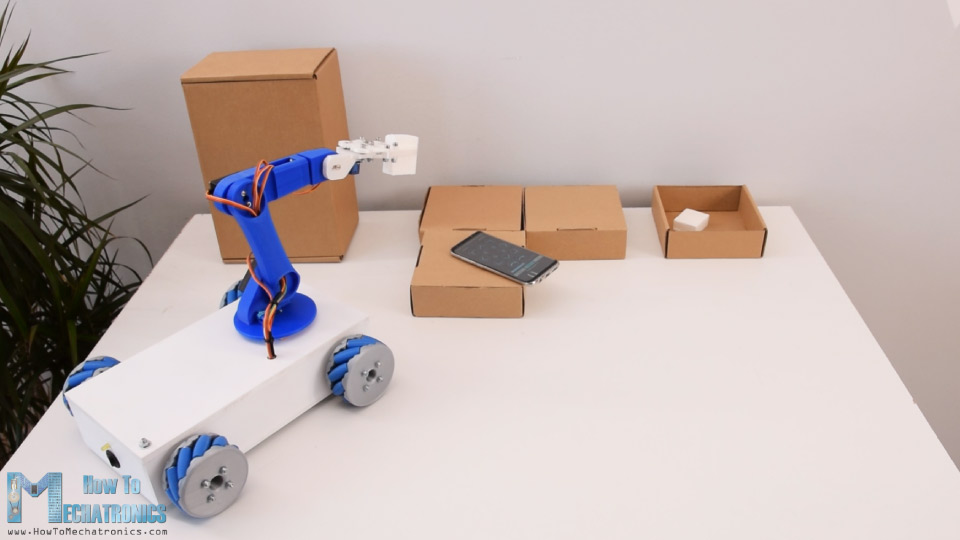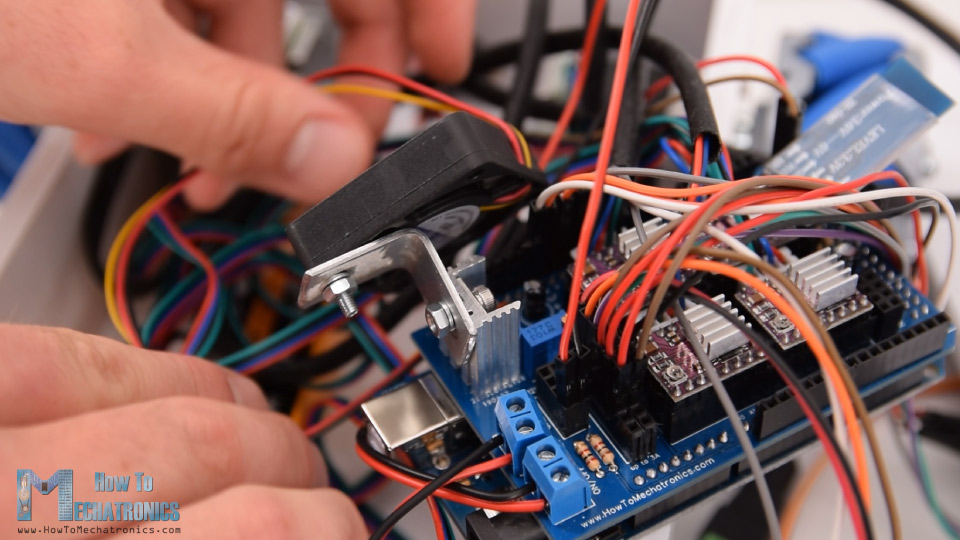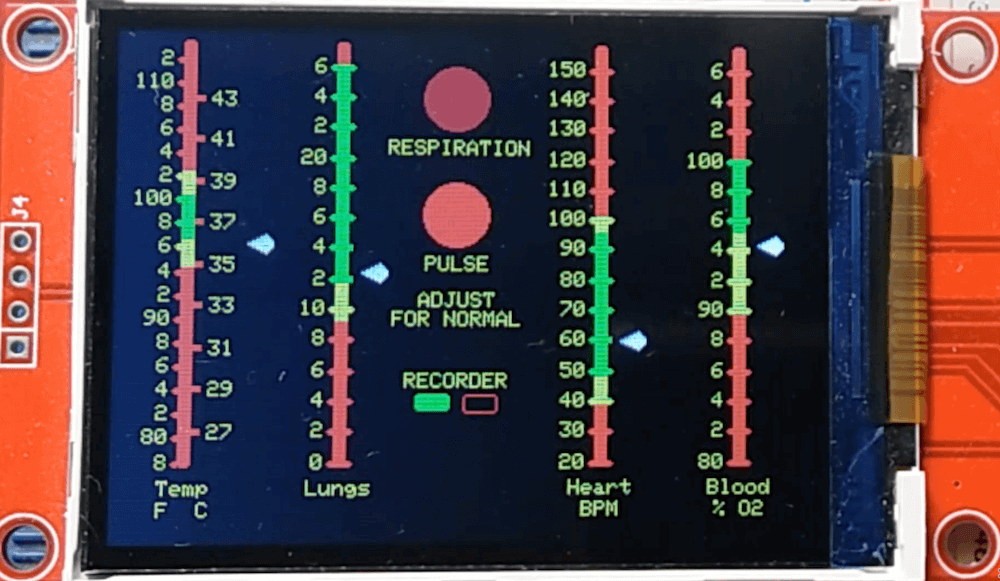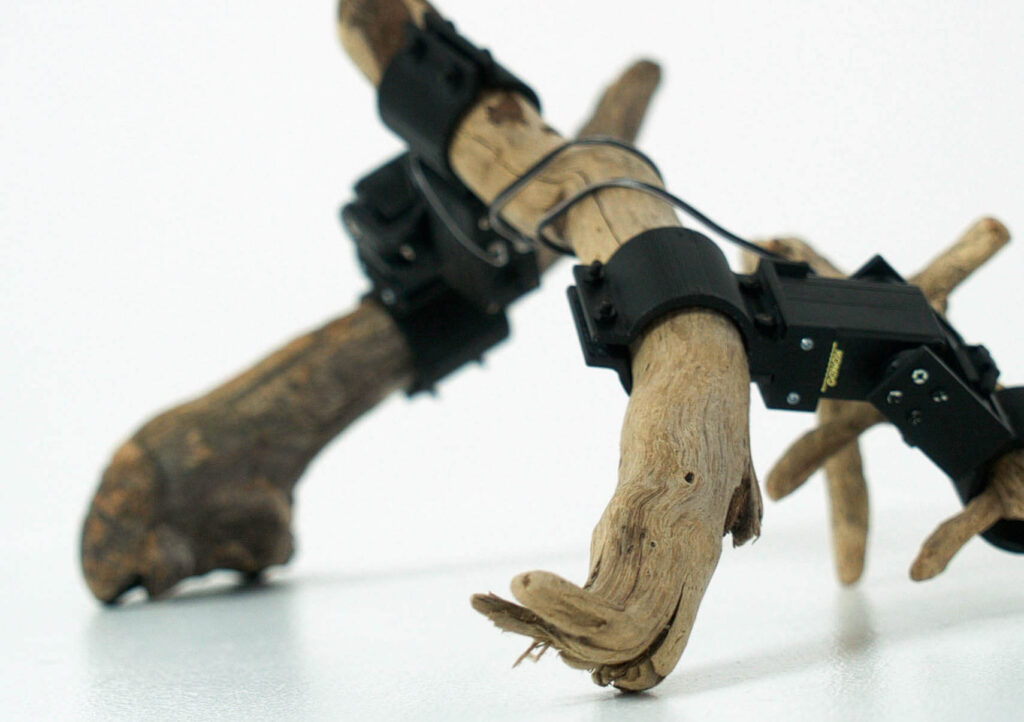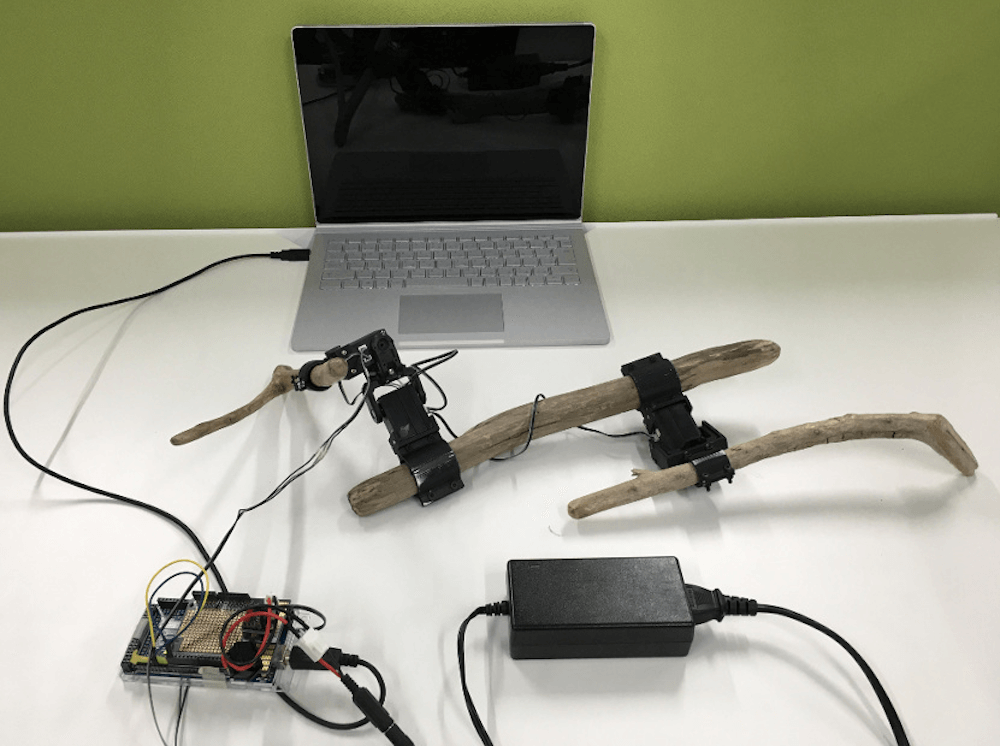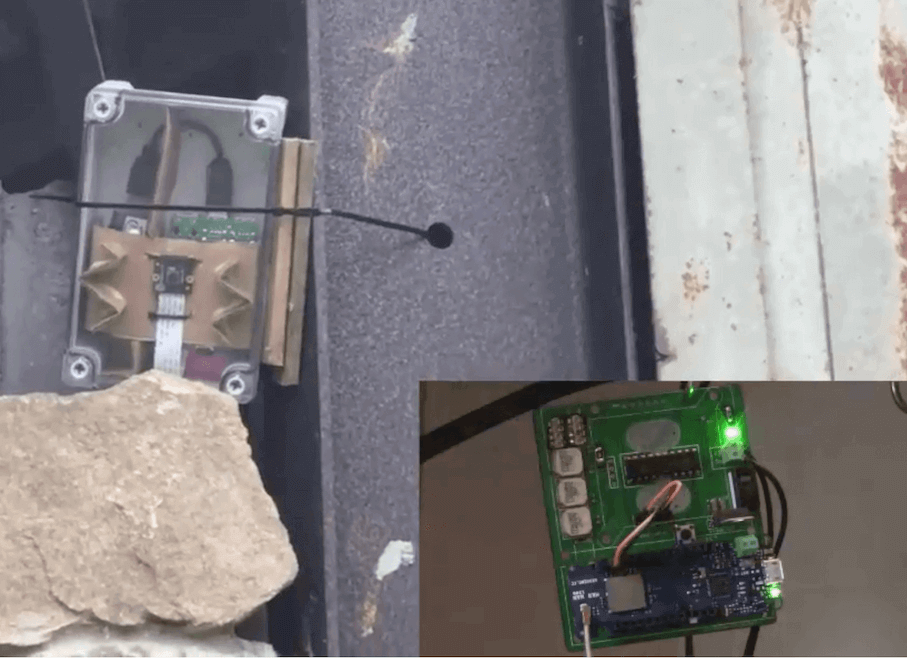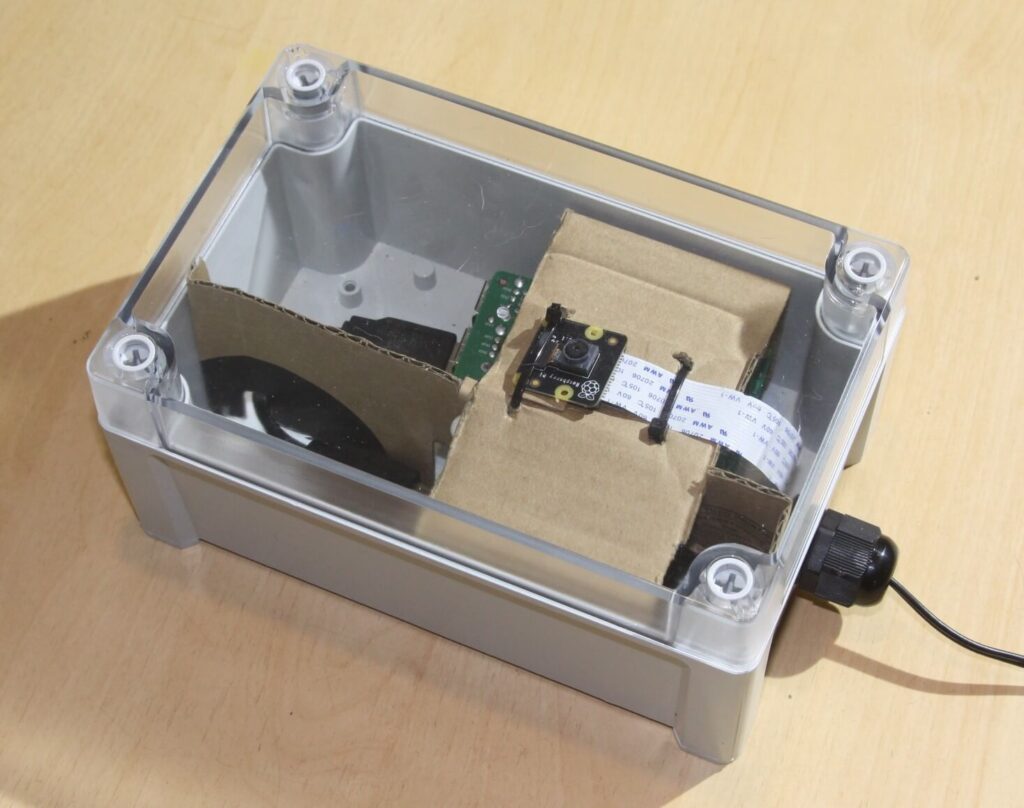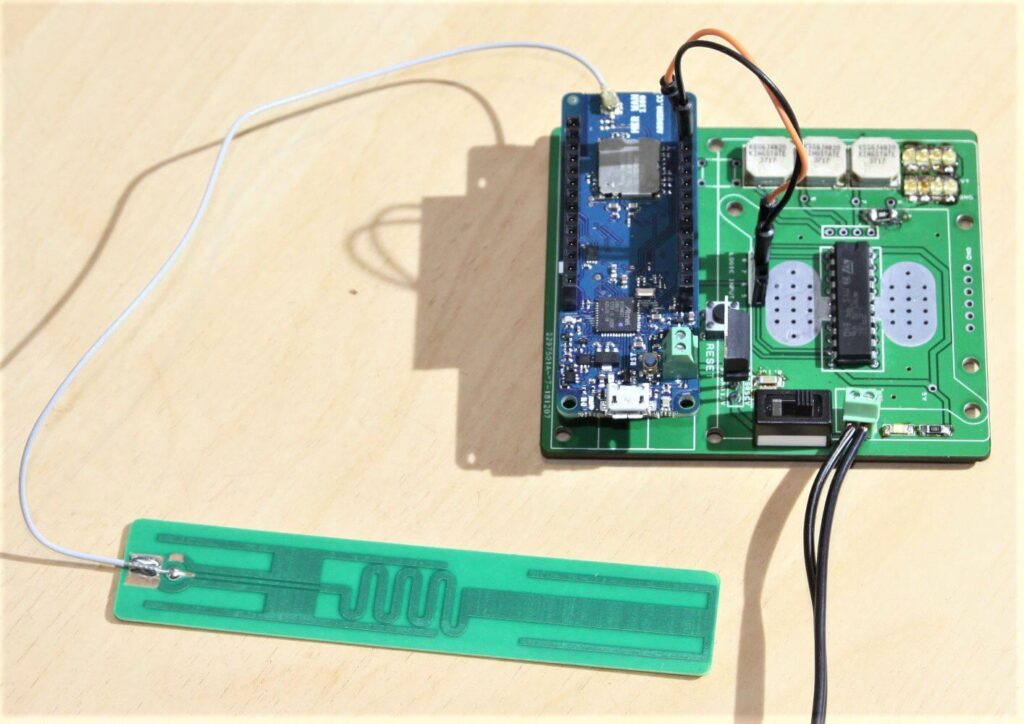A custom Mazda MX5/Miata TFT cockpit gauge cluster
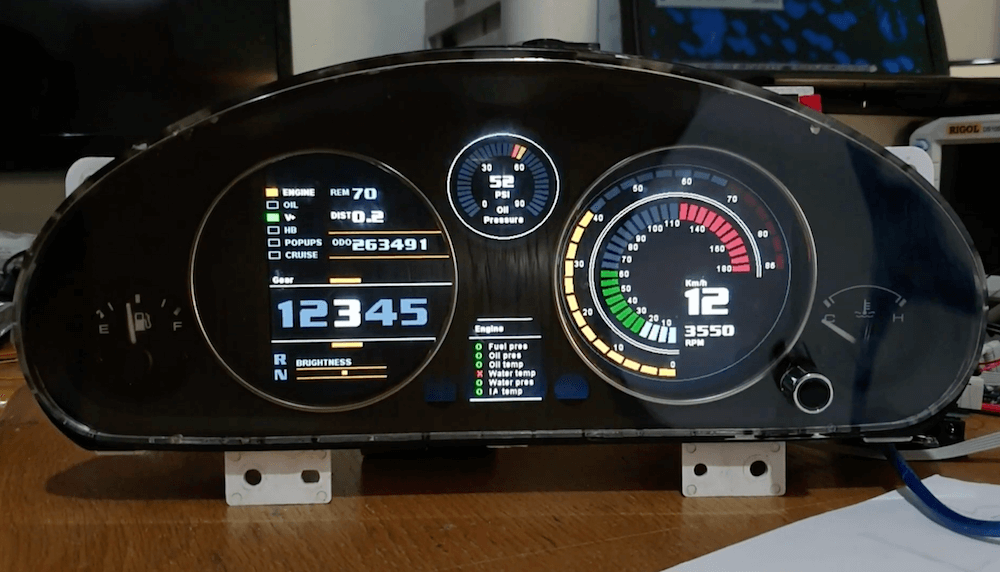
Nearly any car comes with the proper dashboard to get you from point A to point B, but what if you want something all your own displaying important stats? While there’s not a lot of technical info on the build, Jroobi’s MX5/Miata Arduino-based TFT cockpit project is sure to inspire, whether via the first or second iteration shown below.
The first version puts RPM and KPH values on coaxial sliders in the right circular display. That leaves the second round display for info such as what gear you’re in, along with auxiliary displays for extra data. The second splits up RPM and KPH between the main circles. It also features interesting light-up alerts in the middle, as well as a gauge similar to the first on the top.
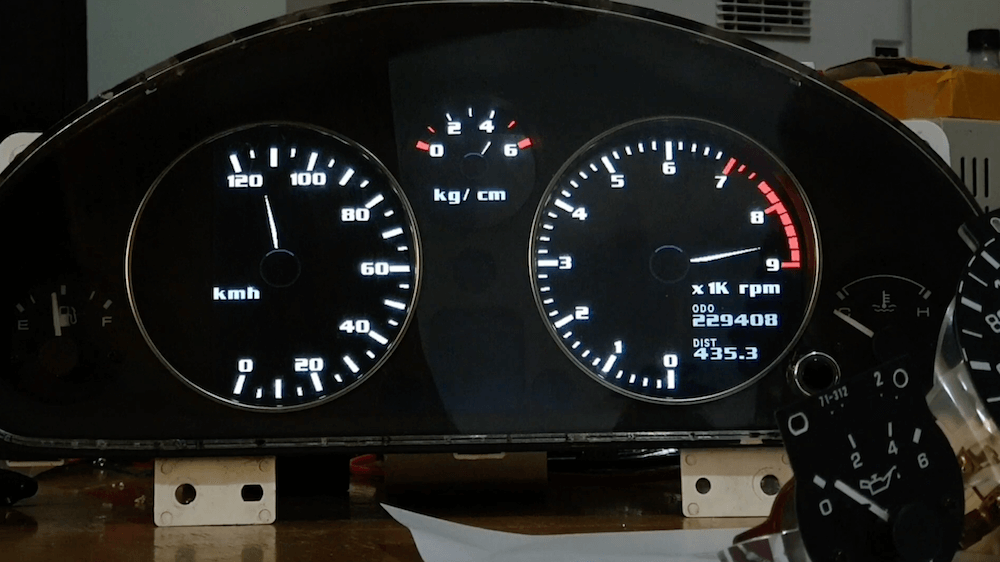
The first iteration—and presumably the second—includes a clever user interface setup, where a rotary encoder surrounds the existing trip reset button for brightness control while still preserving its reset ability.


